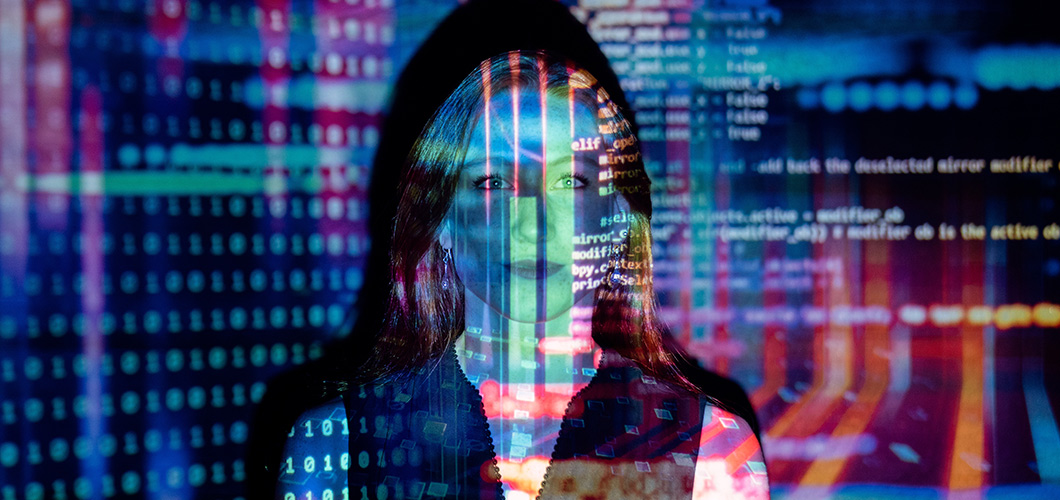Artificial intelligence (AI) has become an essential part of our lives, and its potential applications continue to expand. Generative AI is one of the most exciting areas of AI, which is becoming increasingly popular in recent years.
This blog will explain what Generative AI is, how it works, and who is currently leading the way in this exciting field.
What Is Generative AI?
It refers to machine learning techniques that allow AI systems to create new data or content that is similar to what they have learned from existing data. In other words, it enables AI systems to generate new information or images that are similar to what humans can create. This technology is based on deep neural networks and statistical modeling that allow machines to learn patterns and create new content.
How does Generative AI work?
It works by training an AI system on a large dataset of images, audio, or text. The AI system analyzes the dataset and learns patterns and relationships between the data. Once trained, the system can generate new content by manipulating the learned patterns and creating new variations. For example, Generative AI can create new images of faces, generate new music, or write new stories.
Who is in the lead in Generative AI?
Currently, there are several players in the field of Generative AI, but some companies stand out for their innovation and advancements in this area.
- OpenAI: OpenAI is a research lab founded in 2015 by a group of tech leaders, including Elon Musk and Sam Altman. OpenAI has developed some of the most advanced Generative AI models, such as GPT-3, which can write coherent text and answer complex questions. OpenAI has also developed DALL-E, a model that can create new images from textual descriptions.
- NVIDIA: NVIDIA is a technology company that designs graphics processing units (GPUs) and other computer hardware. NVIDIA has developed StyleGAN, a Generative AI model that can create high-quality images of faces, objects, and scenes. StyleGAN2 is an improved version of the model that can generate even more realistic images.
- Google: Google is one of the leaders in AI research and development. Google has developed a Generative AI model called DeepDream, which can create hallucinogenic images by enhancing the patterns and features in existing images. Google has also developed a model called BigGAN, which can generate high-resolution images of objects and animals.
- Adobe: Adobe is a software company that specializes in creating creative tools for designers and artists. Adobe has developed a Generative AI model called Adobe Sensei, which can create new designs and layouts based on user input. Adobe also offers a product called Adobe Fresco, which uses Generative AI to simulate natural media such as oil and watercolor.
Conclusion
Generative AI is an exciting area of AI that has the potential to revolutionize the way we create content and solve problems. The companies mentioned above are just a few of the players in this field, and many others are also working on developing advanced Generative AI models. As Generative AI continues to evolve, it will become more accessible to businesses and individuals, enabling new forms of creativity and innovation.



